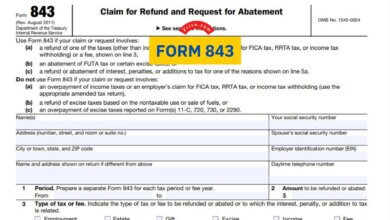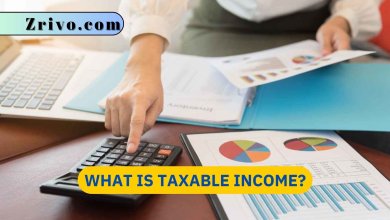Flat Tax Revolution
Embracing the Flat Tax Revolution: Unraveling the Simplicity, Transparency, and Potential Economic Growth of a Transformative Tax System

Contents
The flat tax revolution has gained considerable momentum in recent years, as more countries consider adopting this simple and transparent taxation system. In this article, we will explore the concept of the flat tax, its advantages and disadvantages, how it compares to progressive taxation, and the countries that have implemented this system. We will also address some frequently asked questions about the flat tax revolution.
1. What is a Flat Tax System?
A flat tax system is a type of income tax system that applies a single, uniform rate to all taxpayers, regardless of their income level. This means that everyone pays the same percentage of their income in taxes, making it a simple and straightforward system. The flat tax differs from progressive tax systems, where tax rates increase as income levels rise.
2. Advantages of the Flat Tax System
Some of the key advantages of a flat tax system include:
- Simplification: A flat tax system eliminates the need for complex tax brackets, making it easier for taxpayers to understand and comply with tax regulations.
- Administrative efficiency: With fewer rules and regulations, the flat tax system can reduce the administrative burden on tax authorities, leading to lower costs and increased efficiency.
- Economic growth: By removing the disincentive to earn more created by progressive tax systems, flat taxes can encourage investment, entrepreneurship, and economic growth.
- Transparency: A flat tax system is generally more transparent, as it is easier for taxpayers to understand how much they owe and why.
- Reduced tax evasion: The simplicity of the flat tax system may reduce tax evasion, as it becomes harder for individuals and businesses to exploit loopholes and deductions.
3. Disadvantages of the Flat Tax System
Despite its advantages, the flat tax system also has some drawbacks, including:
- Regressive nature: Critics argue that flat taxes disproportionately benefit the wealthy, as lower-income individuals pay a higher percentage of their income in taxes than they would under a progressive system.
- Inequality: A flat tax system may exacerbate income inequality, as it reduces the redistributive effect of the tax system.
- Insufficient revenue: Depending on the rate chosen, a flat tax system may generate less revenue than a progressive system, potentially leading to budget deficits or reduced government services.
4. Flat Tax vs. Progressive Tax
The main difference between a flat tax and a progressive tax system lies in how the tax rates are structured. In a flat tax system, all taxpayers pay the same percentage of their income in taxes, while in a progressive system, tax rates increase as income levels rise. Supporters of the flat tax argue that it promotes economic growth, transparency, and fairness, while proponents of progressive taxation argue that it is a more equitable system that ensures the wealthy contribute their fair share.
5. Countries That Have Implemented Flat Tax Systems
Several countries have adopted flat tax systems, including:
- Estonia: Implemented a 26% flat tax in 1994, which has since been reduced to 20%.
- Lithuania: Introduced a 15% flat tax in 2006, which has since been increased to 20%.
- Russia: Implemented a 13% flat tax in 2001, which remains unchanged.
- Slovakia: Introduced a 19% flat tax in 2004, which has since been increased to 25%.
It is important to note that the success of these systems varies depending on a country’s economic situation and the specific implementation of the flat tax policy. Some countries have experienced increased revenue and economic growth, while others have faced challenges related to inequality and budget deficits.
6. Frequently Asked Questions about the Flat Tax Revolution
Does a flat tax system always benefit the wealthy at the expense of the poor?
While a flat tax system can disproportionately benefit the wealthy, some countries have implemented policies to mitigate this effect. For example, they may offer exemptions, deductions, or tax credits to lower-income individuals, thereby reducing their overall tax burden.
Can a flat tax system generate enough revenue to support government services?
The revenue generated by a flat tax system depends on the rate chosen and the country’s overall economic situation. In some cases, flat tax systems have led to increased revenue through improved compliance and economic growth. However, in other instances, flat tax systems have resulted in revenue shortfalls, necessitating spending cuts or increases in other taxes.
Is it possible to combine a flat tax system with elements of a progressive tax system?
Yes, some countries have adopted hybrid tax systems that combine elements of both flat and progressive taxation. These systems may include progressive rates on certain types of income, such as capital gains, while maintaining a flat rate on other income sources. Alternatively, they may offer exemptions, deductions, or tax credits that effectively create a more progressive tax structure.
The flat tax revolution offers a compelling alternative to traditional progressive tax systems, promising simplicity, transparency, and potential economic growth. However, the success of a flat tax system depends on its specific implementation and the country’s economic context. As countries continue to experiment with flat tax systems, it will be crucial to monitor their outcomes and learn from their successes and challenges in order to design more effective and equitable tax policies in the future.





